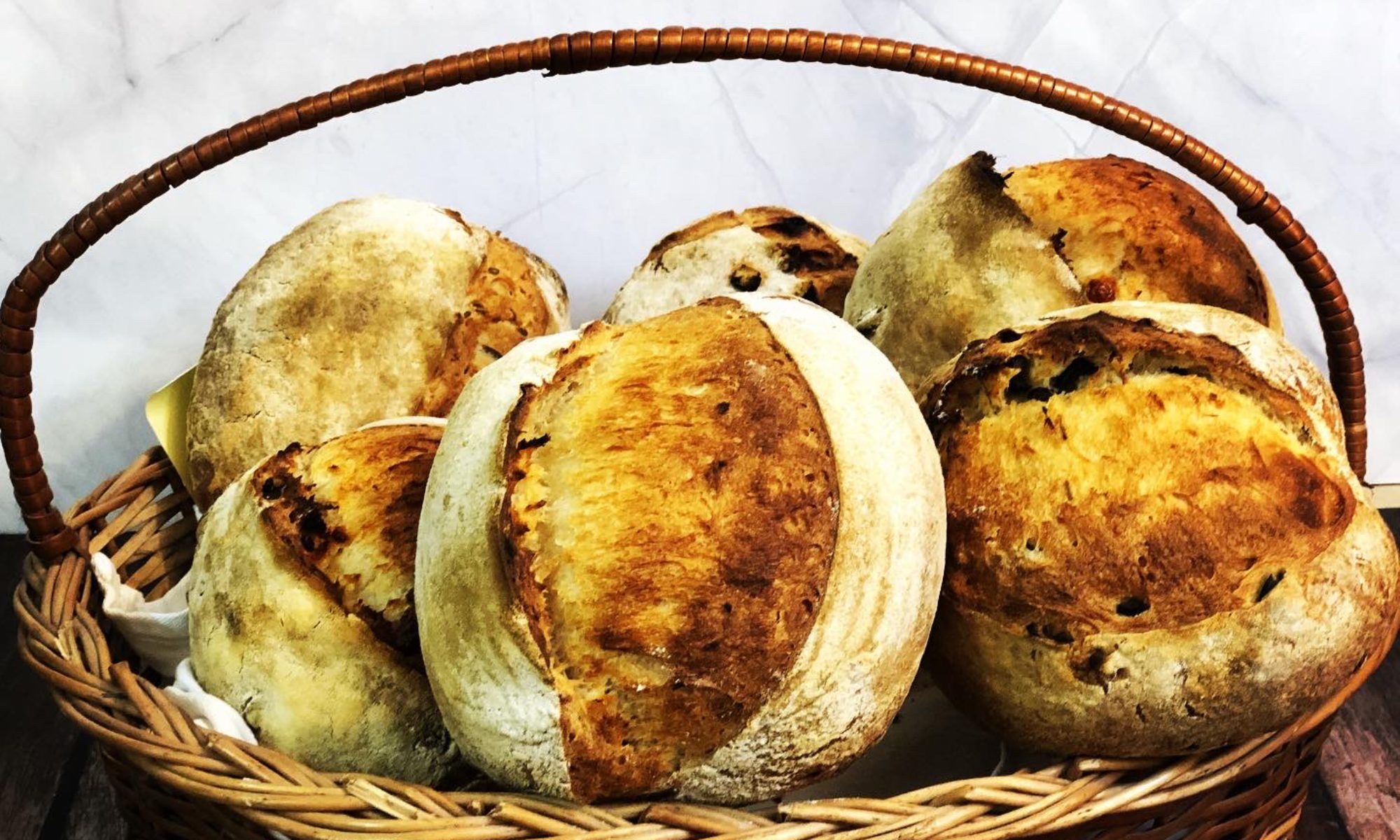“Urgh!!!, Mom, whats with this jam? It just wouldn’t spread! ”, cried out my younger one from the dining table. “And where is the fruit in it?”, added my elder daughter. Both of them were at the dining table buttering their toast and trying in vain to spread the store bought jam over the toast. Now one has got to agree that toast with butter tastes mighty good. But toast with butter and jam is quite scrumptious! And my daughters were used to having home made jams and marmalades made by their granny. My mom-in-law would make really good jams and marmalades with seasonal fruits available like strawberry, orange, mangos, pineapples etc.
Jams and marmalades were introduced to India by British. In Maharashtrian cuisine, we have our own variants called Muramba (मुरंबा) made by boiling sugar syrups to hard ball (पक्का पाक) stage and then adding the fruit to it. There is a very fine line of difference between a jam and a marmalade. According to the dictionary meaning jam is a preserve of whole, cut or slightly crushed fruit, boiled with sugar. And marmalade is a preserve made by boiling the pulp and rind of citrus fruits, especially oranges or lemon, with sugar. So the difference happens to be the type of fruit and the use of rind. Hence, it would be safe to say that marmalade uses the fruits that have very fragrant rind or zest like the citrus fruits. However, in jams also we use the juice of lemon to counterbalance the sweetness of the fruit used.
There are two ways in which you can go about making a jam or a marmalade. The first one happens to be the way our grand mothers made it by boiling off the fruit sugar mixture to a thicker consistency for a very long time. Hence the quantity of sugar required is more. The result of longer cooking time results in loss of flavour and nutrients and also decrease in the yield. I prefer the second way of cooking the fruit and sugar to syrup consistency and then adding pectin to it to thicken. Pectin when heated with sugar results in the thickening of jams and marmalades.
Pectin is a naturally occurring ingredient present in many fruits mainly unripe ones. The fruits high in pectin are unripe apples, citrus skins, cranberries, blackberries, currants, gooseberries etc. Hence pectin powder is a natural and soluble fruit extract. One has to be very careful with the amount of pectin. If too little is used, it can leave the jam runny. If too much is used, it can cause the jam to become stiff and unpleasant to consume. Also, the amount of pectin to be used can be determined from the fruit used e.g. apple jam may require very little or no pectin at all, whereas strawberry jam requires additional pectin as the pectin content is very low in it.
References can be found about importance of jam even in Lewis Carroll’s ‘Through the looking glass and what Alice found there’, a sequel to his ‘Alice in wonderland’. In the book, the White Queen tries to lure Alice to work for her by offering her “Twopence a week, and jam every other day.” The queen further says, “The rule is, jam tomorrow and jam yesterday – but never today.”
But you can have your jam every day by making it at home:) Here is a recipe for strawberry jam as strawberries are in season now.

| Ingredients | Quantity | |
|
1 |
Strawberries | 500 g |
|
2 |
Sugar | 500 g |
|
3 |
Lemon juice | 2 tbsp |
|
4 |
Pectin | 2 tsp |
| Procedure | |
|
1 |
Hull the washed strawberries and cut them into halves if they are big. |
|
2 |
Add sugar and mix and leave them in the refrigerator for 8-10 hours. |
|
3 |
Heat the mixture in a sauce pan on medium heat till syrup consistency is achieved. |
|
4 |
Remove from heat and sprinkle 2 tsp of pectin powder and reheat while stirring continuously till the pectin is well incorporated. Keep cooking on simmer for 4-5 minutes |
|
5 |
Stir in the lemon juice and switch off the heat. |
|
6 |
Let the jam cool completely.Store it in an airtight container. |





Wow, didn’t know all these intricacies.
Go on Ashish. Give it a try.
Thanks Kalika. Try it and let me know.
I am definitely going to try this season ! I am also interested in making mandarine marmalade as I have a small tree of it & they are full of fruits in the month of Jan. Should I follow the same recipe ?
Citrus family fruits have naturally occuring pectin in the peels. Marmalades are supposed to have the peels as well to draw out maximum flavour. So very little or almost no pectin is required in citrus marmalades. However, I prefer to remove pith and just use the zest as the pith is very bitter. Also, it is good idea to boil the julienned peel of the orange after the white pith is removed at least a couple of times in water to reduce the bitterness. Change the water every time.